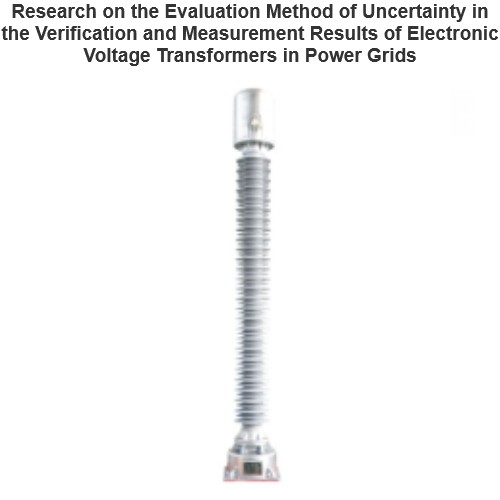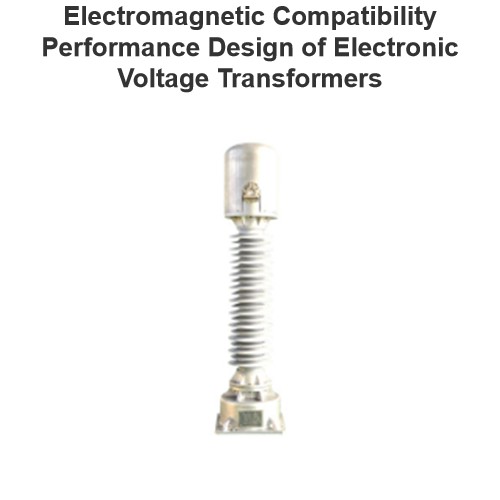Voltage to Current Converters (V to I Converters)
What is a Voltage to Current Converter (V to I Converter)?
A voltage to current converter (also known as a V to I converter) is an electronic circuit that takes current as the input and produces voltage as the output.
But why would we do this?
Well for instrumentation cicuits when creating an analog representation of certain physical quantities (weight, pressure, motion etc), DC current is preferred.
This is because DC current signals will be constant throughout the circuit in series from the source to the load. The current sensing instruments also have the advantage of less noise.
So sometimes it is essential to create current which is corresponding or proportional to a definite voltage.
For this purpose Voltage to Current Converters (also known as V to I converters) are used. It can simply change the carrier of electrical data from voltage to current.
Simple Voltage to Current Converter
When we confer about the connection between voltage and current, it is obvious to mention the Ohm’s law.
We all know that when we supply a voltage as input to a circuit which comprises of a resistor, the proportional current will commence to flow through it.
So, it is clear that the resistor decides the current flow in a voltage source circuit or it performs as a simple voltage to current converter (i.e. a V to I converter) for a linear circuit.
The circuit diagram of a resistor which performs as a simple voltage to current converter is represented below. In this diagram, the electrical quantities such as voltage and current are represented through bars and loop respectively.

But practically, the output current of this converter depends directly on the voltage drop across the connected load in addition to the input voltage. Since, VR becomes
Voltage to Current Converter Using Op-Amp
An op-amp is implemented to simply convert the voltage signal to corresponding current signal. The Op-amp used for this purpose is IC LM741.
This Op-amp is designed to hold the precise amount of current by applying the voltage which is essential to sustain that current through out the circuit. They are of two types that are explained in detail below.
Floating Load Voltage to Current Converter
As the name indicates, the load resistor is floating in this converter circuit. That is, the resistor RL is not linked to ground.
The voltage, VIN which is the input voltage is given to the non-inverting input terminal. The inverting input terminal is driven by the feedback voltage which is across the RL resistor.
This feedback voltage is determined by the load current and it is in series with the VD, which is the input difference voltage. So this circuit is also known as current series negative feedback amplifier.
For the input loop, the voltage equation is
Since A is very large,
So,
Since, the input to the Op-amp,
From the above equation, it is clear that the load current depends on the input voltage and the input resistance.
That is, the load current,
So, this converter circuit is also known as Trans-Conductance Amplifier. Other name of this circuit is Voltage Controlled Current Source.
The type of load may be resistive, capacitive or non-linear load. The type of load has no role in the above equation.
When the load connected is capacitor then it will get charge or discharge at a steady rate. Due to this reason, the converter circuit is used for the production of saw tooth and triangular wave forms.
Ground Load Voltage to Current Converter
This V to I converter is also known as Howland Current Converter. Here, one end of the load is always grounded.
For the circuit analysis, we have to first determine the voltage, VIN and then the relationship or the connection between the input voltage and load current can be achieved.
For that, we apply Kirchhoff’s current law at the node V1
For a non-inverting amplifier, gain is
Here, the resistor,
So,
Thus, we can conclude from the above equation that the current IL is related to the voltage, VIN and the resistor, R.
Application of Voltage to Current Converter
Zener diode tester
Low AC and DC Voltmeters
Testing LED
Source: Electrical4u.
Statement: Respect the original, good articles worth sharing, if there is infringement please contact delete.
Electrical4U is dedicated to the teaching and sharing of all things related to electrical and electronics engineering.























